Biodiversity, linking the worlds of life
Overview
The term biodiversity comes from the contraction of the words biology and diversity: it designates the diversity of living organisms (fauna, flora, bacteria) and ecosystems present on the planet. Since the 1992 Earth Summit, the preservation of biodiversity has become one of the major thrusts of sustainable development, and one of its most urgent priorities.
The urgency is real: according to scientists, a fifth of living species could disappear within the next 30 years. Natural environments are also under threat: more than 35% of the world’s coastal and continental wetlands have disappeared since 1970, and tropical forests could disappear within 50 to 70 years. These losses are mainly due to human activities: urbanization, deforestation, resource exploitation, intensive agriculture and climate change. Yet biodiversity is vital to the human world, for food, medicine and climate regulation. How can we connect the worlds of the living?
Speakers



Coordinator

Moderator

Photo gallery

















